Exploring Temperature Humidity Sensors
Temperature humidity sensors are essential instruments in various industries, designed to measure and report the levels of temperature and humidity in the environment. These sensors are critical for maintaining optimal conditions in controlled environments, such as laboratories, and are equally valuable in field research.
Types and Applications
The temperature and humidity sensor category encompasses a range of devices tailored for diverse applications. The DHT22 and DHT11 sensor, for instance, are widely used in weather stations and HVAC systems due to their reliability and ease of integration with systems like Arduino and DHT11 setups. In industrial settings, these sensors help monitor and control the climate to protect sensitive goods and ensure worker comfort.
Features and Materials
Sensors like the humidity detector and temperature humidity monitor are engineered with materials that ensure durability and accuracy. The sensing elements typically consist of capacitive humidity sensors or resistive humidity sensors for detecting moisture levels, combined with thermistors or thermocouples for temperature readings. This dual functionality is encapsulated in compact and robust designs, allowing for deployment in various environments without compromising performance.
Advantages of Accurate Measurement
Accurate measurement is the cornerstone of the temp and humidity sensor. These devices provide vital data that can influence the operational efficiency of climate control systems, contribute to the longevity of perishable products, and ensure the integrity of experimental results in research facilities. The temperature and humidity meter offers the convenience of tracking two critical environmental variables with a single device.
Innovations in Sensor Technology
Innovation in sensor technology has led to the development of humidity sensor Arduino compatible modules, which are particularly favored by hobbyists and educators for their versatility and ease of use. The integration of sensors with platforms like Arduino allows for custom-built monitoring systems, exemplified by the Arduino temperature and humidity sensor projects. Additionally, advancements have led to wireless and USB data loggers, enhancing the ease of data collection and analysis.
Choosing the Right Sensor
Selecting the appropriate temp and humidity monitor depends on the specific requirements of the application. Factors to consider include the range of temperature and humidity to be measured, the required accuracy, and the environment in which the sensor will operate. Whether for commercial use in retail spaces or for meticulous data gathering in scientific research, a suitable temperature humidity sensor is available to meet the needs without direct contact or interference with the subject of measurement.








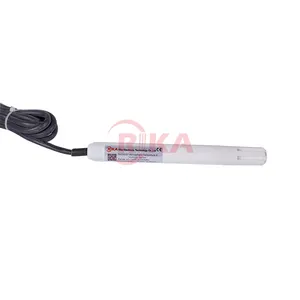

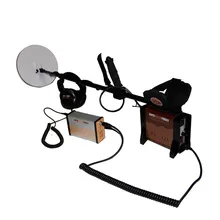

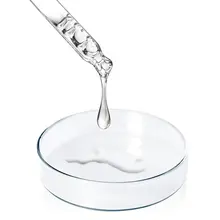
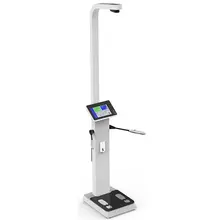

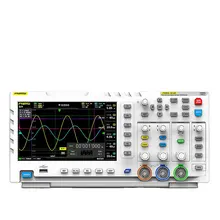















 浙公网安备 33010002000092号
浙公网安备 33010002000092号 浙B2-20120091-4
浙B2-20120091-4